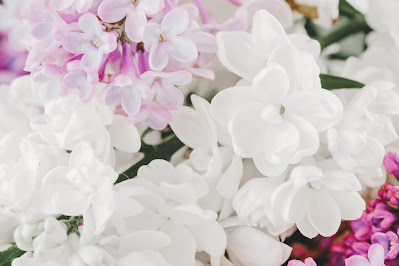Floral Trends
Flowers have the ability to brighten up any space and add a touch of beauty to our lives. As we enter 2023, there are several exciting floral trends that are taking the world by storm. From bold colors to unique textures, these trends are sure to elevate your space and bring a fresh perspective to your floral arrangements. In this guide, we will explore the top floral trends of 2023 and provide tips on how to incorporate them into your home or event decor.
1. Bold Colors
Bold and bright colors are making a comeback in 2023. Think vibrant pinks, oranges, and yellows that add a pop of color to any space. These colors can be incorporated into floral arrangements in a variety of ways, whether it's through a monochromatic bouquet or a mix of contrasting hues. Consider pairing bold colors with neutral tones to create a balanced and eye-catching display.
2. Dried Flowers
Dried flowers have been gaining popularity in recent years, and this trend is set to continue into 2023. Not only are they sustainable and long-lasting, but they also add a unique texture to floral arrangements. From pampas grass to dried lavender, there are endless options when it comes to incorporating dried flowers into your decor. They can be used in bouquets, centerpieces, or even as wall decor.
3. Organic Shapes
Gone are the days of perfectly arranged bouquets and symmetrical centerpieces. In 2023, organic shapes are taking over. Think asymmetrical arrangements with a mix of different flowers and foliage. This trend is all about embracing the natural beauty of flowers and allowing them to speak for themselves. Consider incorporating unique foliage, such as eucalyptus or ferns, to add texture and depth to your arrangements.
4. Sustainable Floristry
Sustainability is a growing concern in all industries, and floristry is no exception. In 2023, we will see a rise in sustainable floristry practices, such as using locally sourced flowers and reducing waste. Consider supporting local florists and choosing flowers that are in season to reduce your carbon footprint. You can also reuse and repurpose flowers to create new arrangements, or opt for potted plants that can be enjoyed for years to come.
Floral trends are constantly evolving, and 2023 is shaping up to be an exciting year for floristry. From bold colors to sustainable practices, there are plenty of ways to incorporate these trends into your home or event decor. Whether you're a seasoned florist or a beginner, these trends offer endless inspiration for creating beautiful and unique floral arrangements. So go ahead, embrace the beauty of flowers and elevate your space with the top floral trends of 2023.
Hi Hello Please Support Us by Donating a Little its a Big Help to Us! Thank you
G-Cash +639552394832 and PayPal: Please Support Us




























